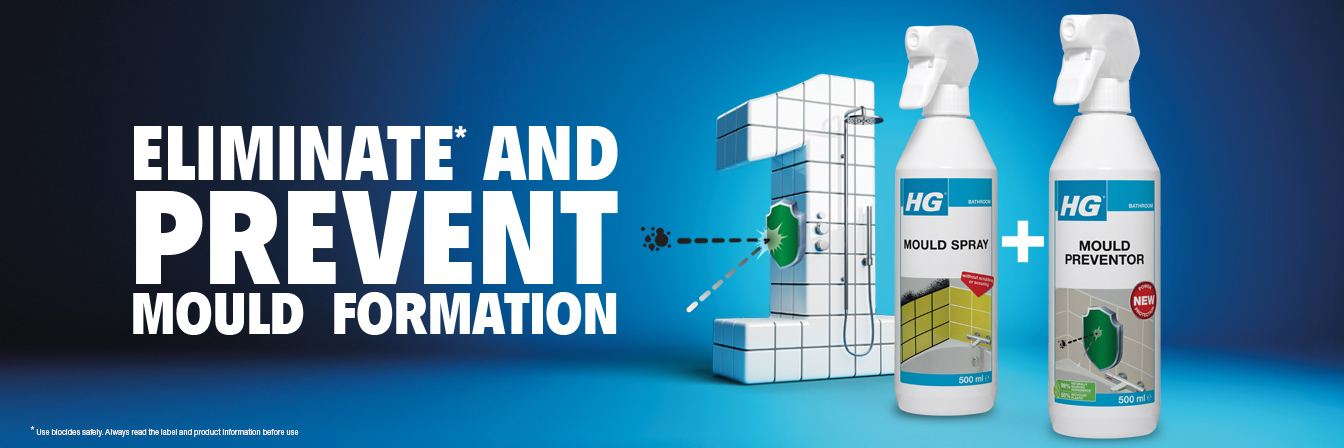Protect your home from harmful mould with HG’s expert solutions
Mould in your home can be both unhealthy and dangerous, so it's essential to address it as soon as possible. Our HG expert explains why our specially formulated mould sprays are so effective in quickly and thoroughly removing mould.
Watch our demonstration video to see the proven power of HG mould sprays and removers in action - and discover why we're the best-known solution in mould removal.
































